THE BELL X-1
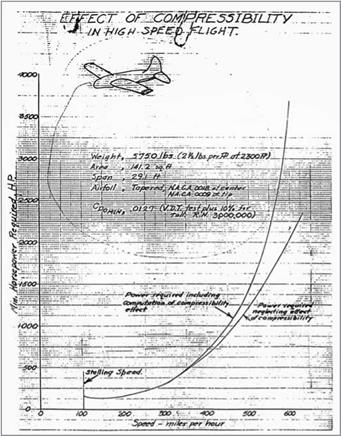 In 1939, Ezra Kotcher, an instructor at the U. S. Army Air Corps Engineering School (much later the Air Force Institute of Technology) at Wright Field near Dayton, Ohio, took up the banner for a high-speed research airplane. Like John Stack, Kotcher had come to the conclusion that viable technical data for the supersonic flight regime could be obtained only with a real airplane. In August 1939, after two years of analysis and study, Kotcher wrote a report describing his views on the problems that future aeronautical research and development would face. He concluded that a high-speed research airplane could be powered only by a gas turbine or a
In 1939, Ezra Kotcher, an instructor at the U. S. Army Air Corps Engineering School (much later the Air Force Institute of Technology) at Wright Field near Dayton, Ohio, took up the banner for a high-speed research airplane. Like John Stack, Kotcher had come to the conclusion that viable technical data for the supersonic flight regime could be obtained only with a real airplane. In August 1939, after two years of analysis and study, Kotcher wrote a report describing his views on the problems that future aeronautical research and development would face. He concluded that a high-speed research airplane could be powered only by a gas turbine or a
|
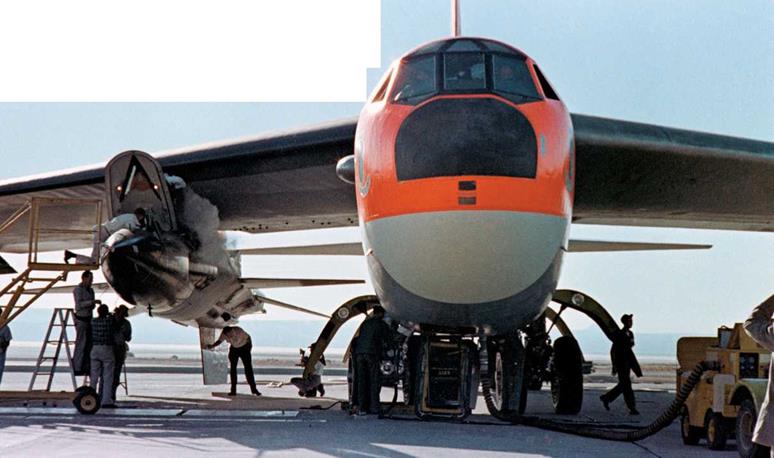
|
rocket engine; a propeller-driven airplane would encounter insurmountable compressibility problems—shock waves on the blades—that simply could not be overcome. (To this day, no propeller-driven airplane has ever attained sustained supersonic speeds.) His report was reviewed by other engineers at Wright Field, and it eventually landed on the desk of Gen. Hap Arnold, who forwarded it to the NACA Langley Aeronautical Research Laboratory. There it met the same fate as John Stack’s memorandum. War clouds in Europe threatened, and the U. S. Army and the NACA had other pressing business.
By early 1944, the situation had changed completely. Germany was flying the twin-jet Me 262 jet fighter, against which Allied fighters and bombers were virtually helpless. The United States entered the jet age with the Bell P-59, a large, rather cumbersome jet with disappointing performance. Front-line propeller-driven fighters such as the North American P-51 and Republic P-47 flew faster. The Air Force had to face the
reality of flying into the transonic region, where there was no theoretical, wind tunnel, or flight data. Kotcher’s earlier proposal for a high-speed research airplane suddenly received priority attention. In January 1944, the Air Force issued “Confidential Technical Instruction 1568,” initiating a study for the development of an experimental airplane to probe the transonic flight regime. Starting with Kotcher’s original calculations, a small team of aeronautical engineers at Wright Field prepared a concept design of a rocket-powered airplane, soon to be labeled Mach 0.999. This design was vetted at a meeting of Air Force, Navy, and NACA engineers held at the Langley Aeronautical Laboratory in Hampton in mid-May 1944, where Kotcher reported the results of the Wright Field “Mach 0.999” study.
The final link in the development of a transonic research airplane took place in Ezra Kotcher’s office on November 30, 1944, when Robert Woods, Bell Aircraft’s chief of engineering, dropped by for a casual visit and expressed a

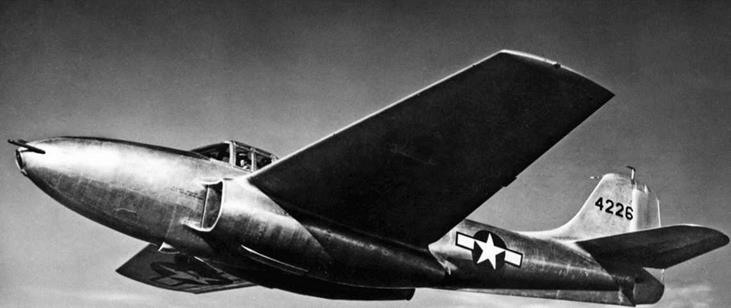
general interest in transonic developments. Kotcher seized the moment and shared the results of the “Mach 0.999” project, adding that the Air Force was having some difficulty finding an airplane company with enough time and interest to build such an airplane. Woods said that Bell Aircraft could do the job. The Bell X-1 was born.
The usual method for designing a new airplane is to first look at the previous one and then improve on it. The Bell designers had to start from scratch. Operating in a completely new design
space, Bell went to the Army’s Aberdeen Proving Ground in Maryland to study the aerodynamics of.50-caliber machine gun bullets, which were known to be slightly supersonic. The shape was stable, and the scatter of the bullets was minimal. The shape of the Bell X-1 fuselage is that of a.50-caliber machine gun bullet.
The concept of swept wings for high-speed airplanes originated with German engineer Adolf Busemann in 1935, and extensive wind tunnel research on the aerodynamics of swept wings advanced under German engineers under the shroud of secrecy of World War II. These swept – wing data were uncovered by the surprised Allied scientists who went into the German laboratories in May 1945. The data and its significance, however, were too late to be of direct use to the Bell designers. The Bell X-1 had straight wings.
From pioneering studies of the aerodynamic flow over airfoils at high subsonic speeds by the NACA in the 1930s, it was well known that thin airfoils delayed the formation of shock waves over

the airfoils to higher speeds, thus delaying the adverse compressibility effects of shock-induced flow separation, with the consequent large increase in drag, dramatic loss of lift, and almost instant change in stability characteristics. The wing of the Bell X-1, therefore, had a relatively thin airfoil. The precise airfoil thickness was, however, a compromise. Two wings for the X-1 were designed and utilized: an 8-percent thick wing using an NACA 65-108 laminar flow airfoil, and a 10-percent thick wing using an NACA 65-110 laminar flow airfoil.
The thinner wing was used for flights in which maximum speed was the object. The thicker wing, which would encounter compressibility effects at slower speeds, was used for detailed aerodynamic
research investigations of the physical nature of transonic flow over the wing. In this fashion, the Army could pursue the quest for supersonic speed using the thin wing, and the NACA could pursue its quest for obtaining detailed flight data using the thick wing. Because the Army was paying for the X-1, the early part of the X-1 flight program was focused on obtaining supersonic flight as a goal in itself.
The design of the X-1 set the mold for many of the research aircraft that followed. It was rocket – powered. The engine was especially designed for the X-1 by Reaction Motors and was labeled the XLR11, with a maximum of 6,000 pounds of thrust obtained from a total of four separate chambers. The thrust could be modulated by firing
|
Bell X-1 in flight. NASA Dryden Flight Research Center Bell X-5 showing swept wings, composite photo. NASA |
any one or more of the chambers. The X-1 was air- launched from a B-29 bomber; the alternative of taking off from the ground would have consumed too much fuel and not allowed the airplane to reach transonic speeds. Some researchers in the NACA, John Stack included, argued that the research airplane should be powered by a turbojet, thus allowing ground takeoff. Ezra Kotcher and the Army strongly argued against this scenario, and as mentioned earlier, the Army was putting up the money.
Three X-1 aircraft were manufactured by Bell. The first rolled out the Bell factory door on December 27, 1945, without its rocket engine.
The unpowered X-1 was transported to the Air Force’s Pinecastle Field near Orlando, Florida, for a series of glide tests to examine stability and control characteristics, and to examine low – speed behavior. Carried aloft by a B-29 bomber, the X-1 successfully completed ten glide flights.
In each, the airplane behaved beautifully at low speeds. This airplane was then transported back to Bell’s factory in Niagara Falls, New York, for installation of its rocket engine. The center of activity now shifted to the Muroc Army Air Field in California, where the powered flights were to take place. There, Bell test pilot Chalmers H. “Slick” Goodlin continued flying the X-1, as called for in the contract. The second X-1 was delivered to Muroc on October 7, 1946, followed shortly thereafter by the first X-1. By May 27, 1947, Bell had completed all the contractually required test flights (all subsonic), and the airplanes were turned over to the Army Air Force.
The Army selected Capt. Charles (Chuck) Yeager to be the next test pilot for the X-1. The Army’s first flight, with Yeager at the controls, took place on August 6, when the X-1 was carried aloft by the B-29 carrier aircraft above Muroc for a pilot-familiarization flight. It was the thirty – eighth time that any of the X-1s had taken to the
air. Over the next two months the flight-testing program called for a slow increase in speed, gradually approaching the speed of sound. On October 8, Yeager squeezed the airplane to a Mach number of 0.925; two days later, he flew at Mach 0.997. The fiftieth flight took place on October 14,
1947. Although the flight plan did not officially call for it, Yeager brazenly pushed the X-1 through Mach 1, to Mach 1.06. On that day, aviation history was made. It was the first supersonic flight of a piloted airplane, perhaps the most important event in aviation history since the Wright brothers’ first successful flight at Kitty Hawk on December 17, 1903. Moreover, the flight was smooth with no technical problems. The existing myth of a “sound barrier” had been broken.
The Bell X-1 lived up to its role as the first airplane designed purely for the acquisition of research data. In total, there were 151 flights,
35 of which were supersonic. The highest Mach number reached by the X-1 was 1.45 on March 26,
1948, with Yeager at the controls. The X-1 was the progenitor of the X-15 in several respects. Both airplanes were rocket-powered. The X-1 proved the viability of a rocket engine for achieving highspeed flight at a time when no other powerplant was available to accomplish the mission. Both were air-launched for the same reason, namely
to conserve fuel to enable enough power for a long enough duration to achieve the design Mach number. Ezra Kotcher had argued forcefully for an air launch as opposed to taking off from the ground; he was proven right. This approach carried through to the X-15. The last flight of the X-1 took place on July 31, 1951, piloted by Scott Crossfield, who was also the first pilot to fly the X-15.
Differences in the interests of the three parties involved in the X-1 program were contentious at times. The NACA wanted slow, continuous testing below Mach 1 to fully and safely analyze transonic flow; the Army Air Force wanted to
![]()
|
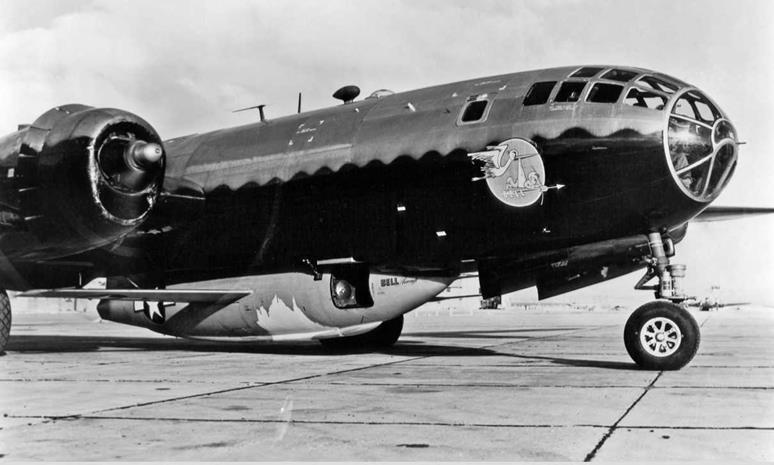
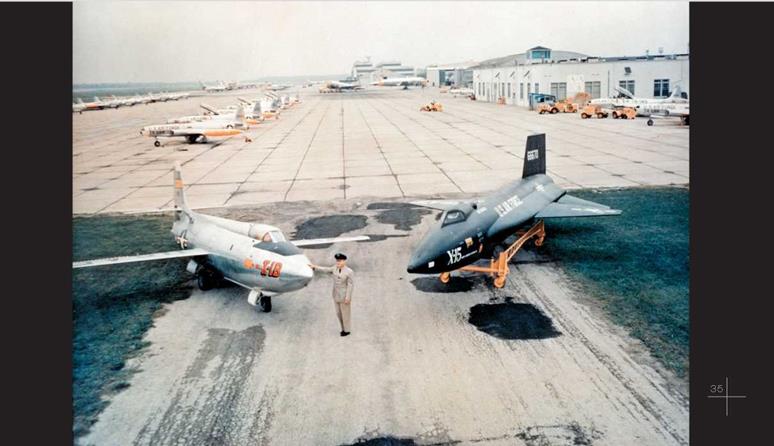
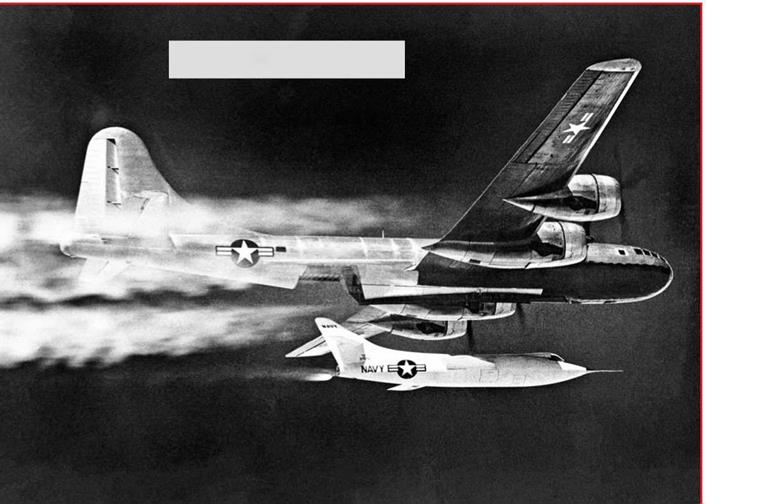 reach supersonic capability quickly, to develop and build a fighter that would be faster than any enemy; Bell Aircraft wanted to meet its contract requirements and get paid, but also to reach the supersonic flight regime in a timely fashion and thus gain advantage in future procurements. The objectives of all parties were achieved. The NACA did its significant transonic testing and analysis, the Army Air Force had its supersonic airplane, and Bell Aircraft was rewarded for the design, building, and flight testing of the airplane.
reach supersonic capability quickly, to develop and build a fighter that would be faster than any enemy; Bell Aircraft wanted to meet its contract requirements and get paid, but also to reach the supersonic flight regime in a timely fashion and thus gain advantage in future procurements. The objectives of all parties were achieved. The NACA did its significant transonic testing and analysis, the Army Air Force had its supersonic airplane, and Bell Aircraft was rewarded for the design, building, and flight testing of the airplane.











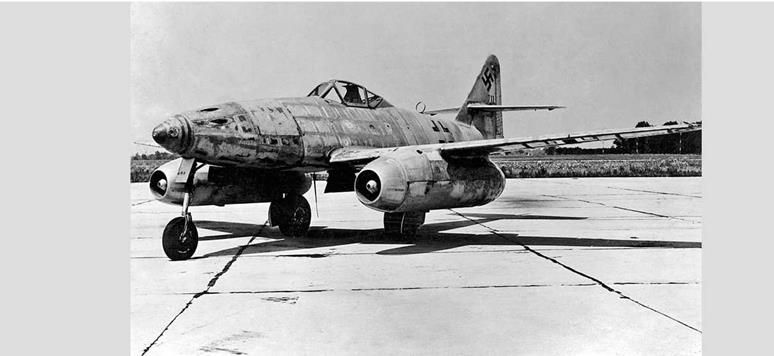
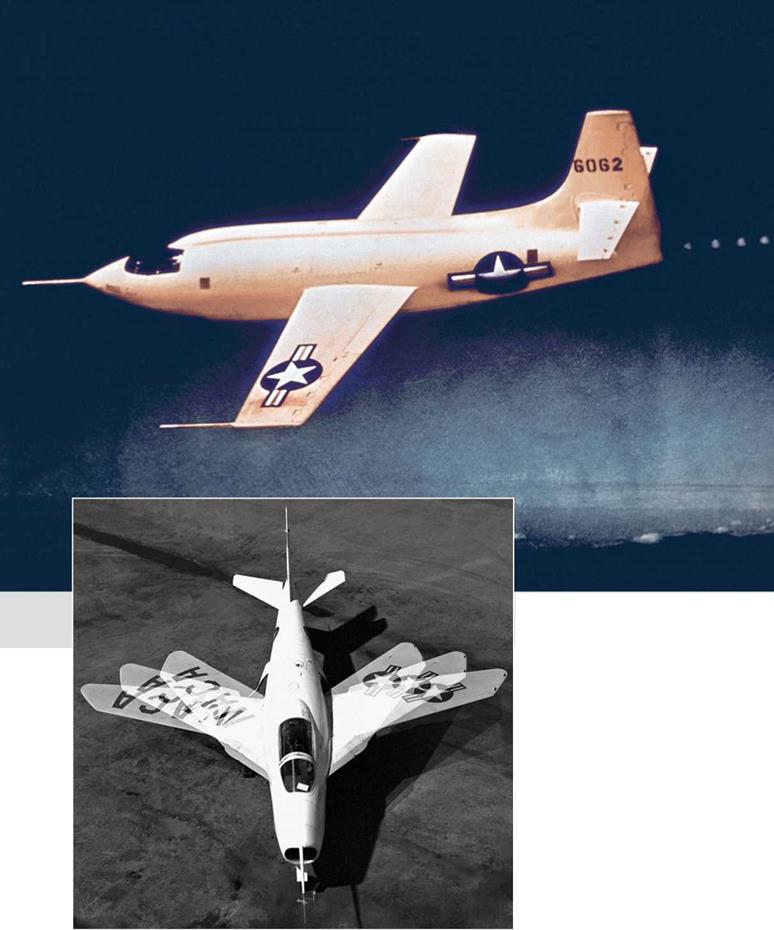

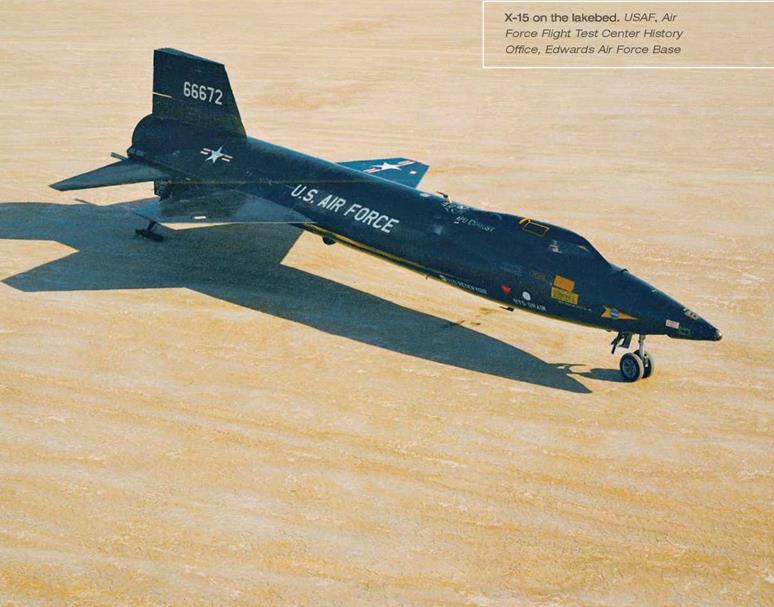
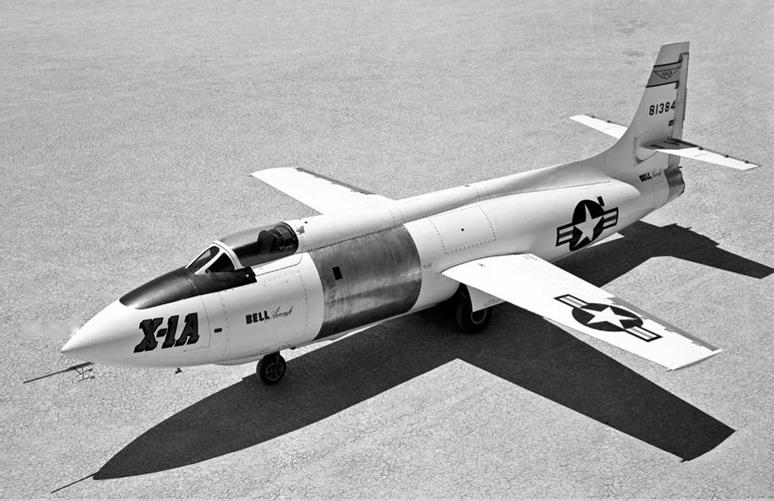



 bachelor’s degree in aeronautical engineering.
bachelor’s degree in aeronautical engineering.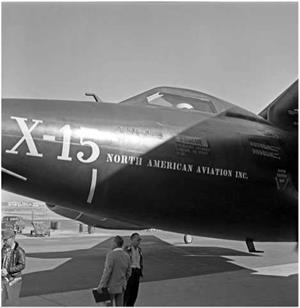

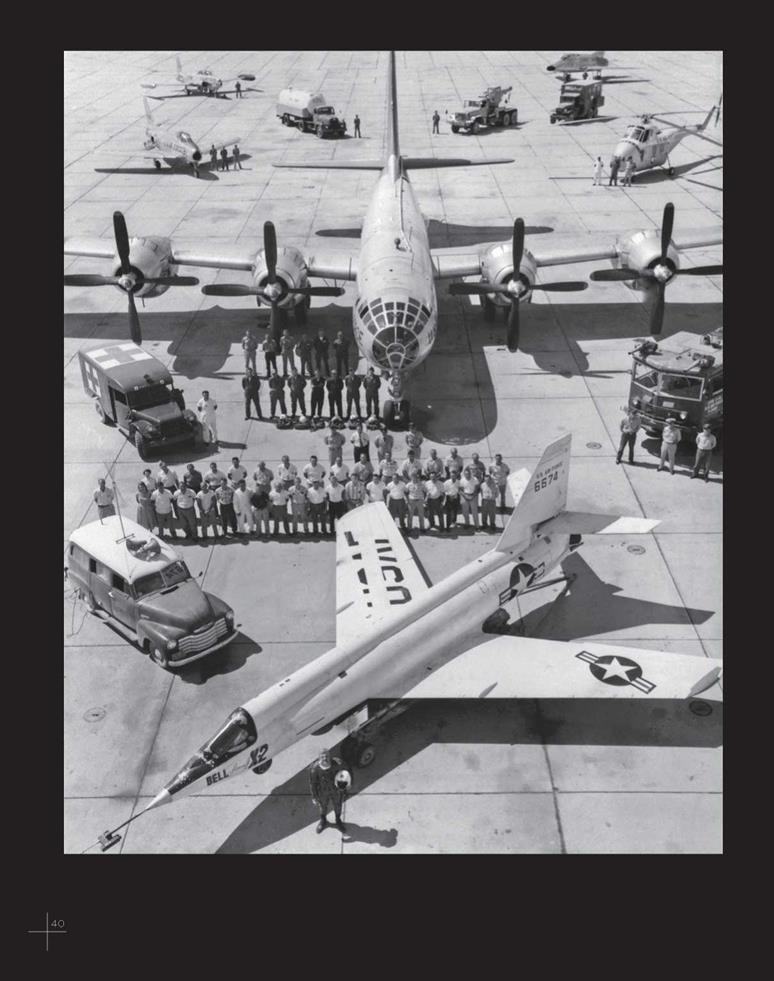
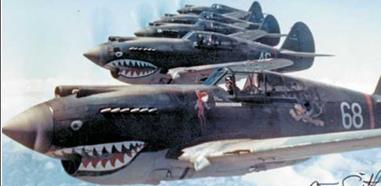
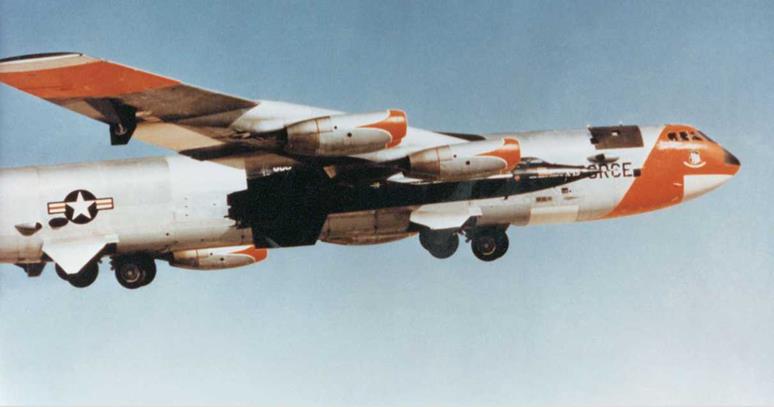
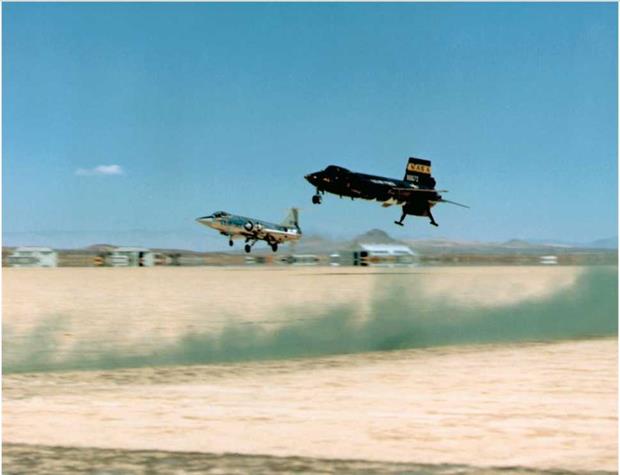
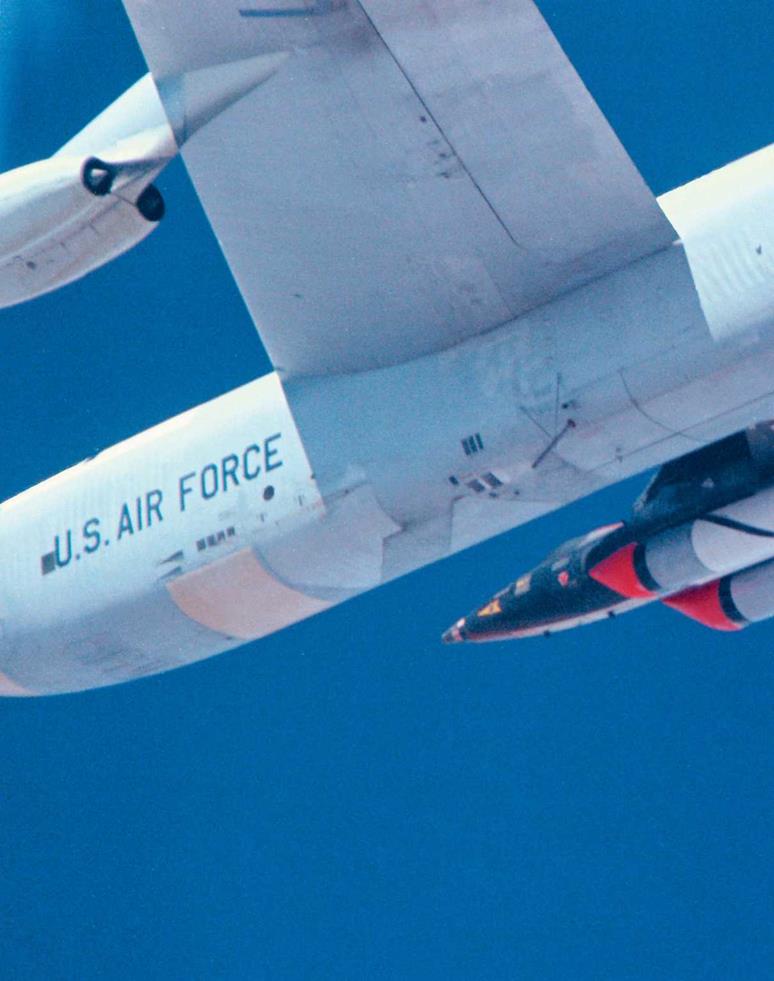
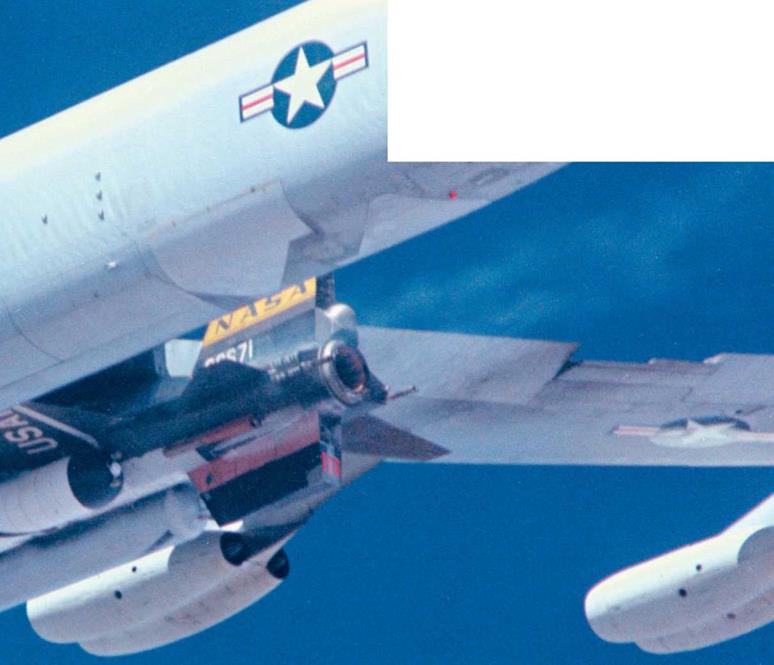



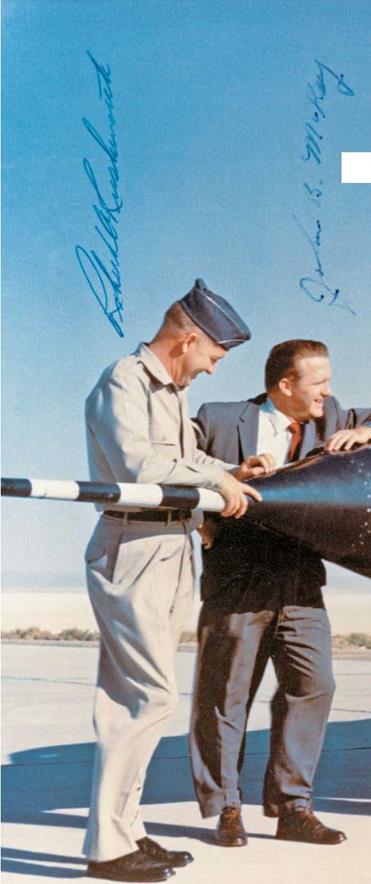 On almost every flight of the X-15, some type of technical problem or failure occurred, sometimes multiple problems on the same flight.
On almost every flight of the X-15, some type of technical problem or failure occurred, sometimes multiple problems on the same flight.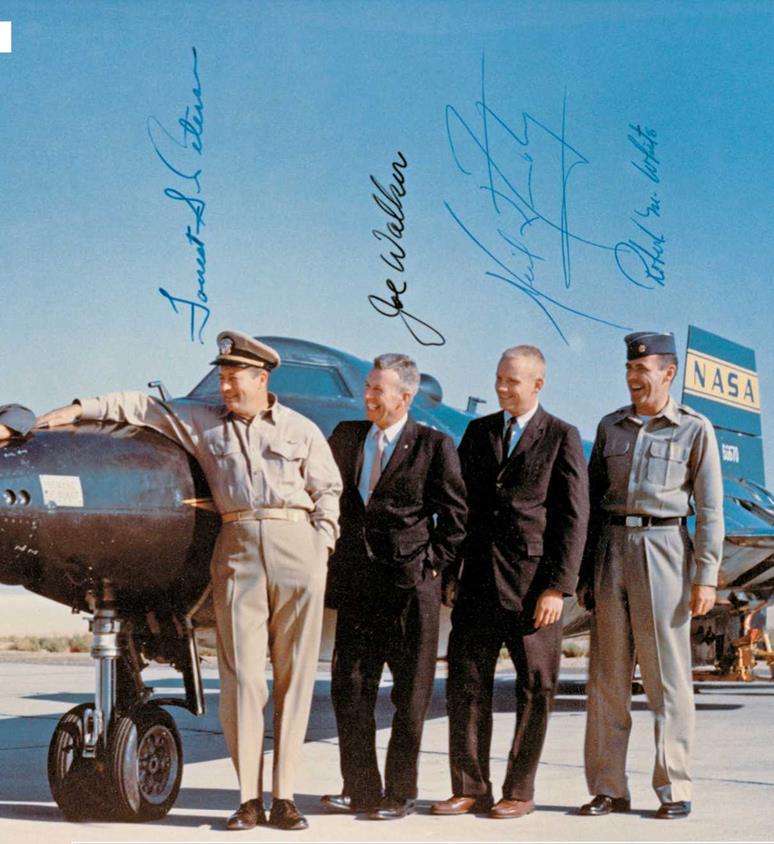
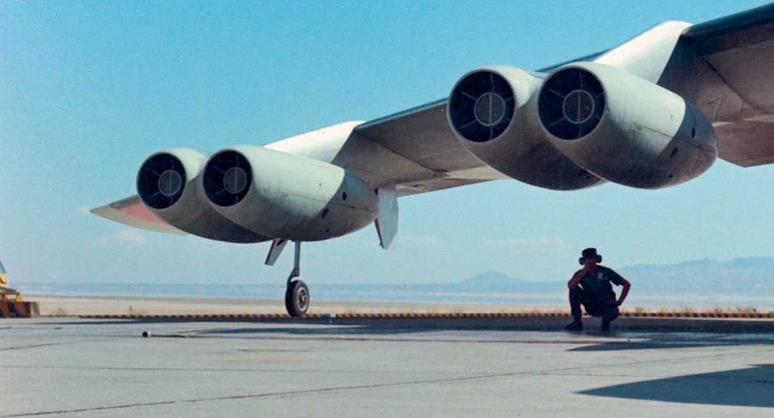

 X-15 on the lakebed of Rogers Dry Lake. USAF, Air Force Flight Test Center History Office, Edwards Air Force Base
X-15 on the lakebed of Rogers Dry Lake. USAF, Air Force Flight Test Center History Office, Edwards Air Force Base

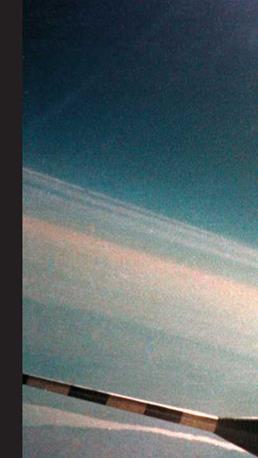
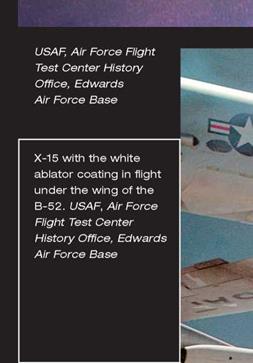 And for good reason.
And for good reason.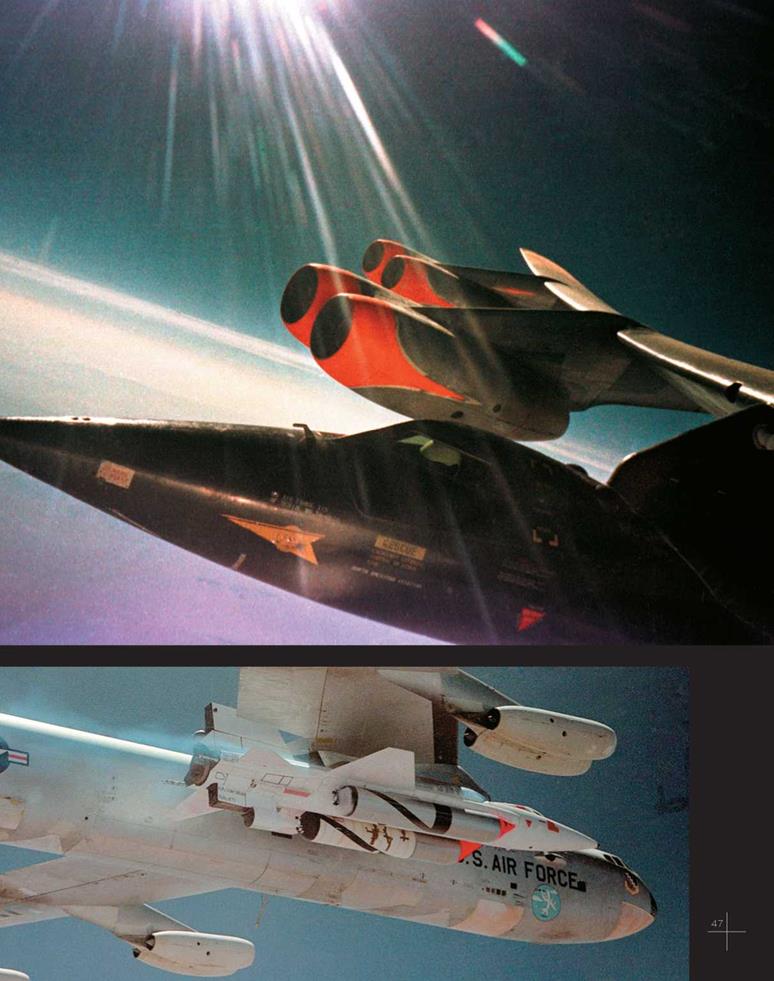
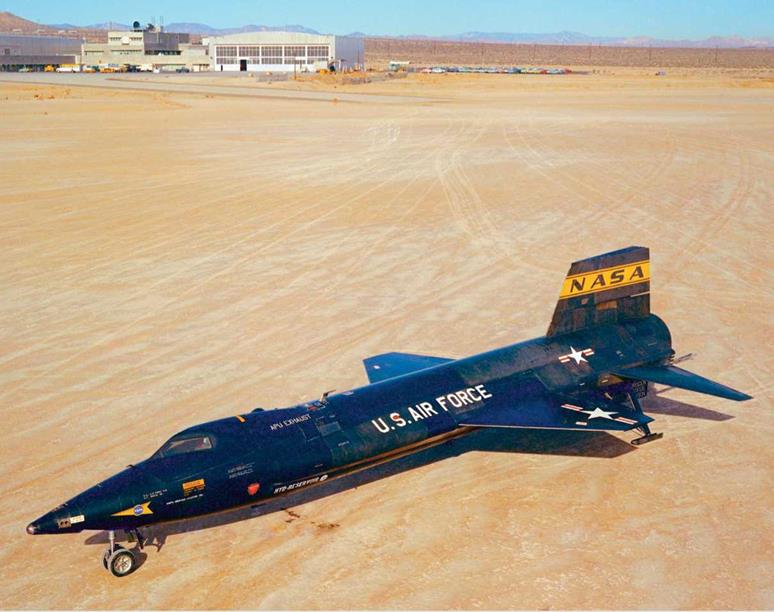
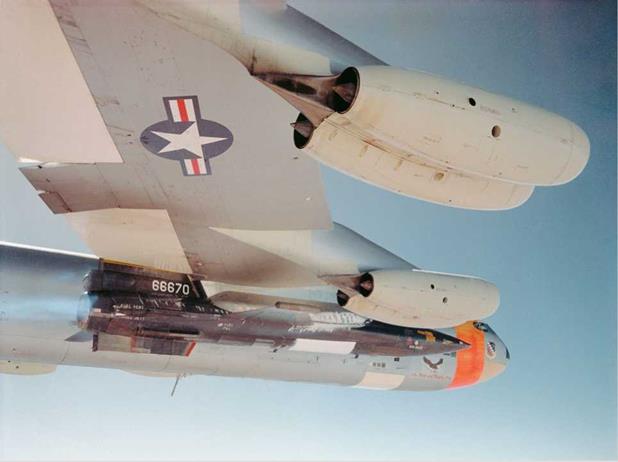
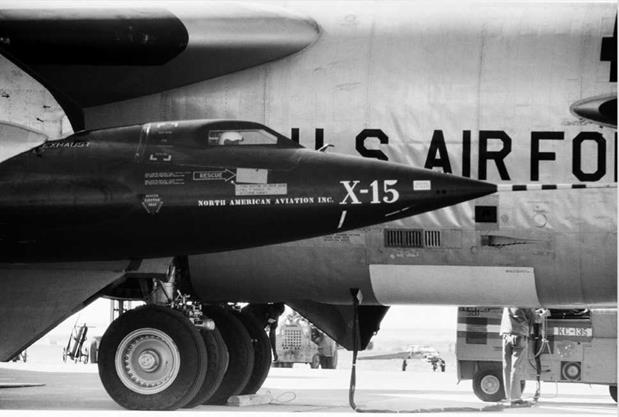
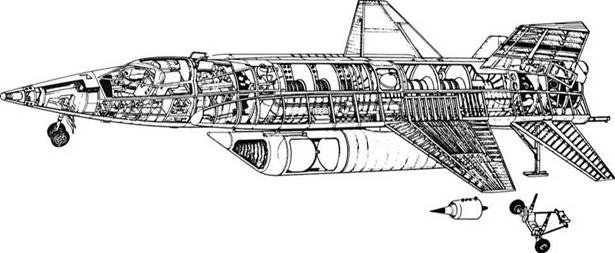
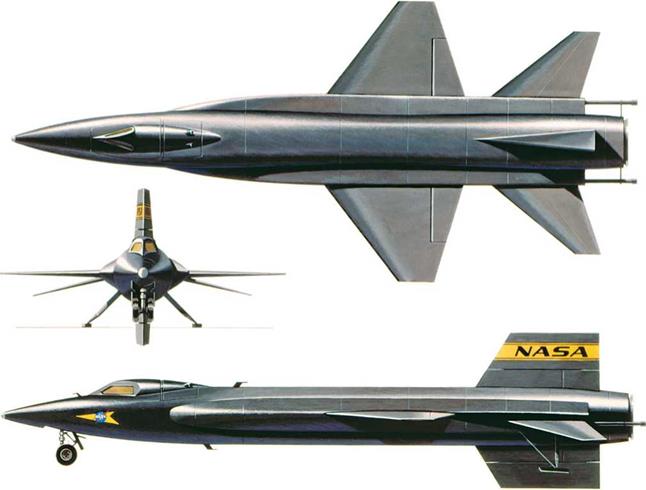
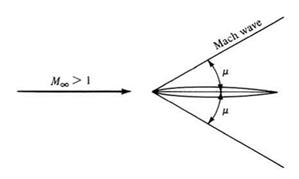
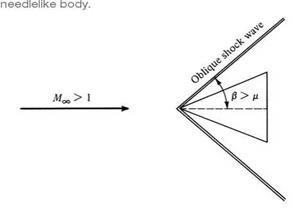
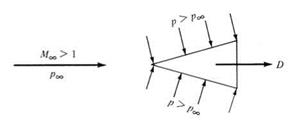





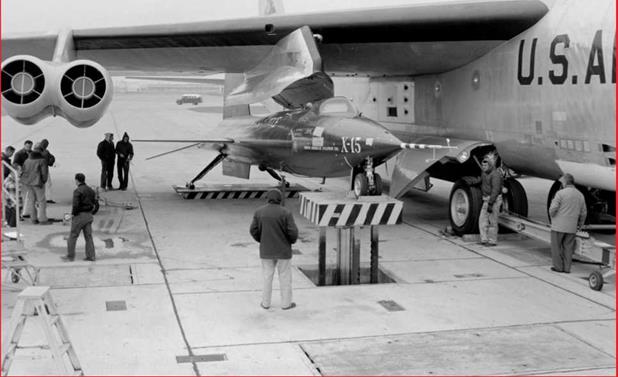
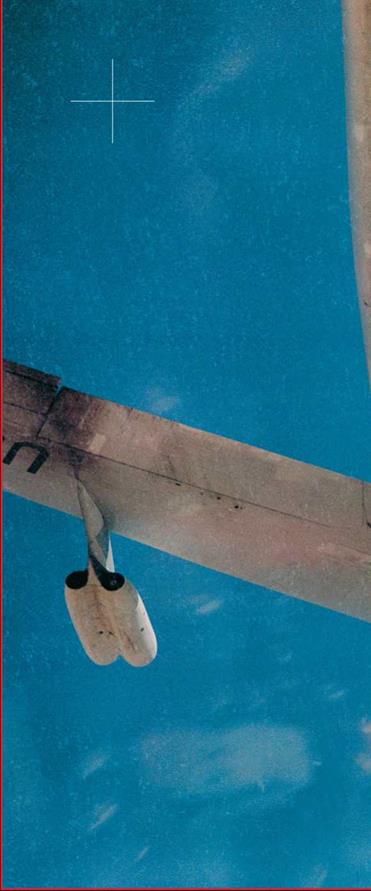

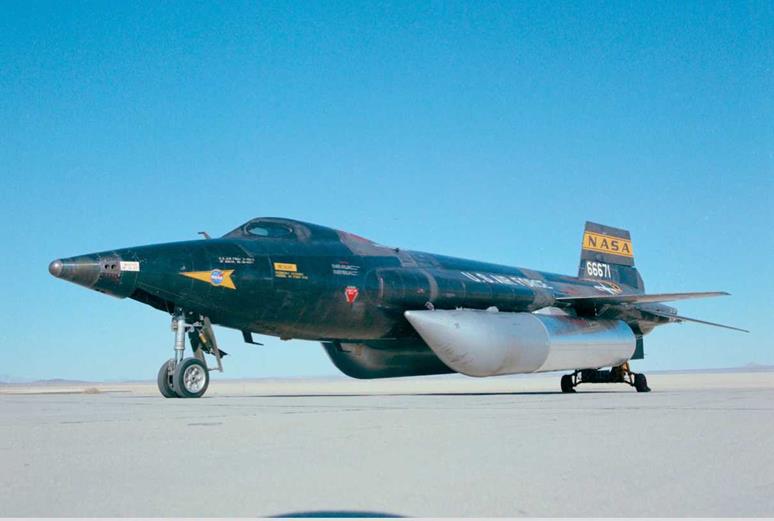

 These characteristics are in addition to all the other attributes that pertain to each person’s life. We also mean the risk to the airplane, which is important enough to have had many years of development, thousands of man-hours of workmanship, and millions of dollars in cost. If the airplane is lost, the research program for which it was designed is jeopardized.
These characteristics are in addition to all the other attributes that pertain to each person’s life. We also mean the risk to the airplane, which is important enough to have had many years of development, thousands of man-hours of workmanship, and millions of dollars in cost. If the airplane is lost, the research program for which it was designed is jeopardized.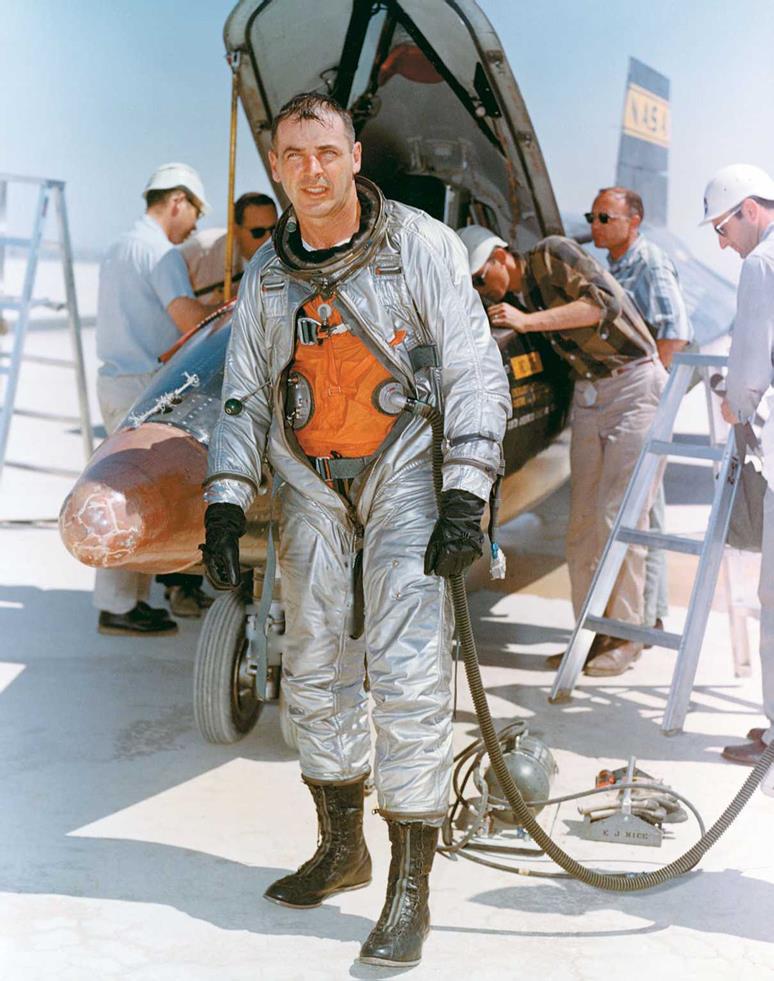
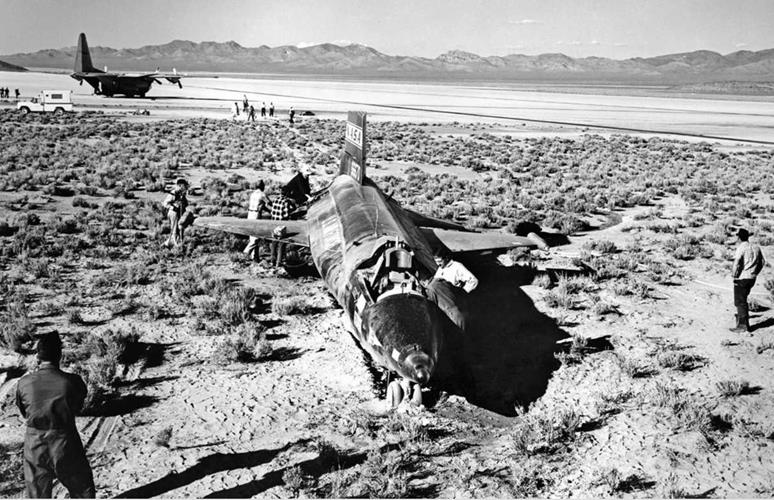
 approach, descent, and landing, all without using thrusting power. It should be noted that although low-speed subsonic flight and landing had been analyzed for the X-15 for these conditions, they were not the primary focus of the design.
approach, descent, and landing, all without using thrusting power. It should be noted that although low-speed subsonic flight and landing had been analyzed for the X-15 for these conditions, they were not the primary focus of the design.

 or improvements are necessary in a new airplane. Routinely, there are bugs to work out, safety issues to resolve, and procedures to establish. For the flight-test program, there is a new support team from management through inspection. For an airliner, it may take two years of testing before it is put into use. There is no such luxury for these high-performance research aircraft. They start out in their very first flight at 40,000 feet in the air. Experience also has shown that unexpected difficulties are uncovered in air-launched research aircraft such as the X-1, X-1A, and X-2, in the increasing velocity regions of transonic and supersonic flight.
or improvements are necessary in a new airplane. Routinely, there are bugs to work out, safety issues to resolve, and procedures to establish. For the flight-test program, there is a new support team from management through inspection. For an airliner, it may take two years of testing before it is put into use. There is no such luxury for these high-performance research aircraft. They start out in their very first flight at 40,000 feet in the air. Experience also has shown that unexpected difficulties are uncovered in air-launched research aircraft such as the X-1, X-1A, and X-2, in the increasing velocity regions of transonic and supersonic flight.